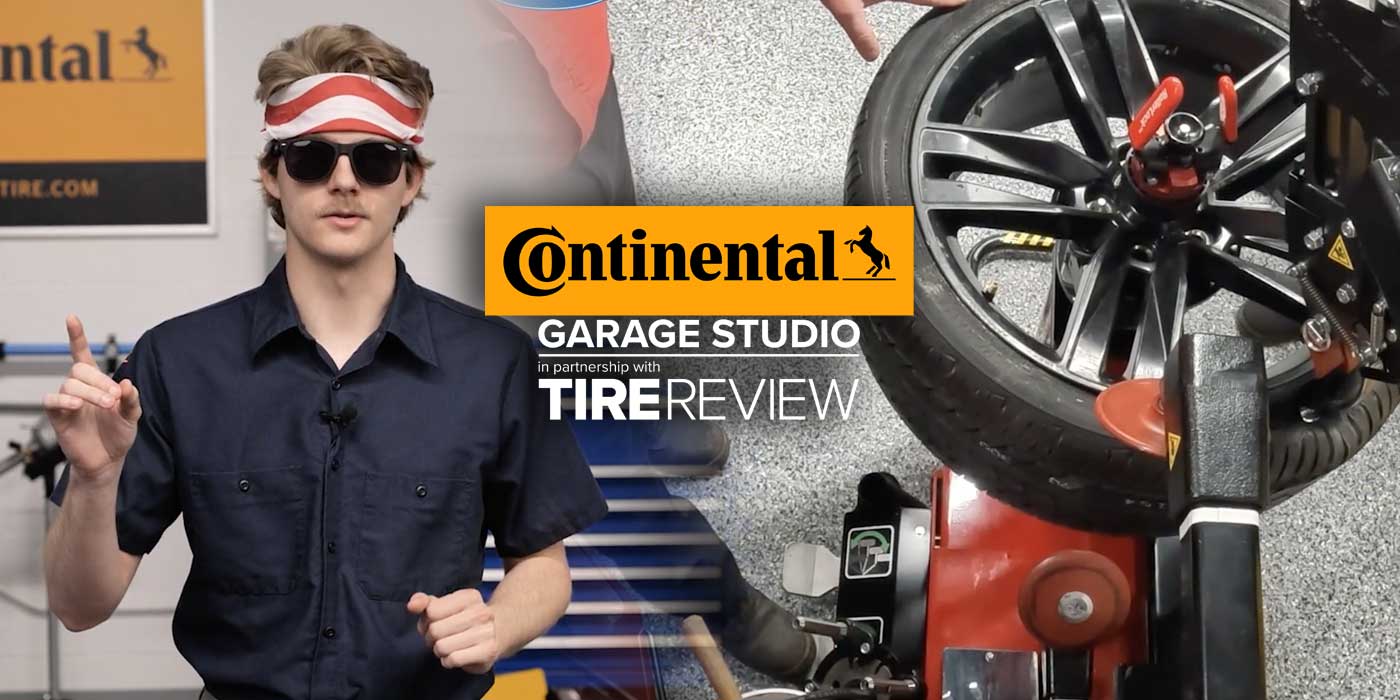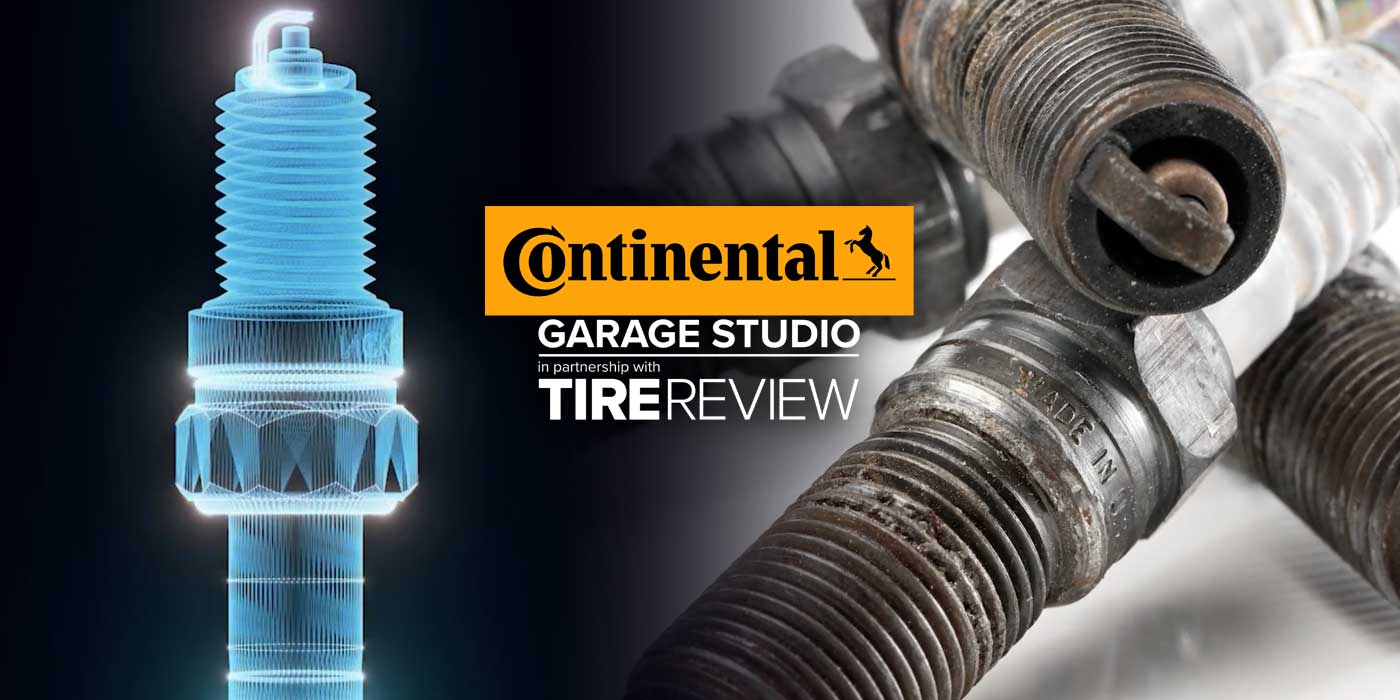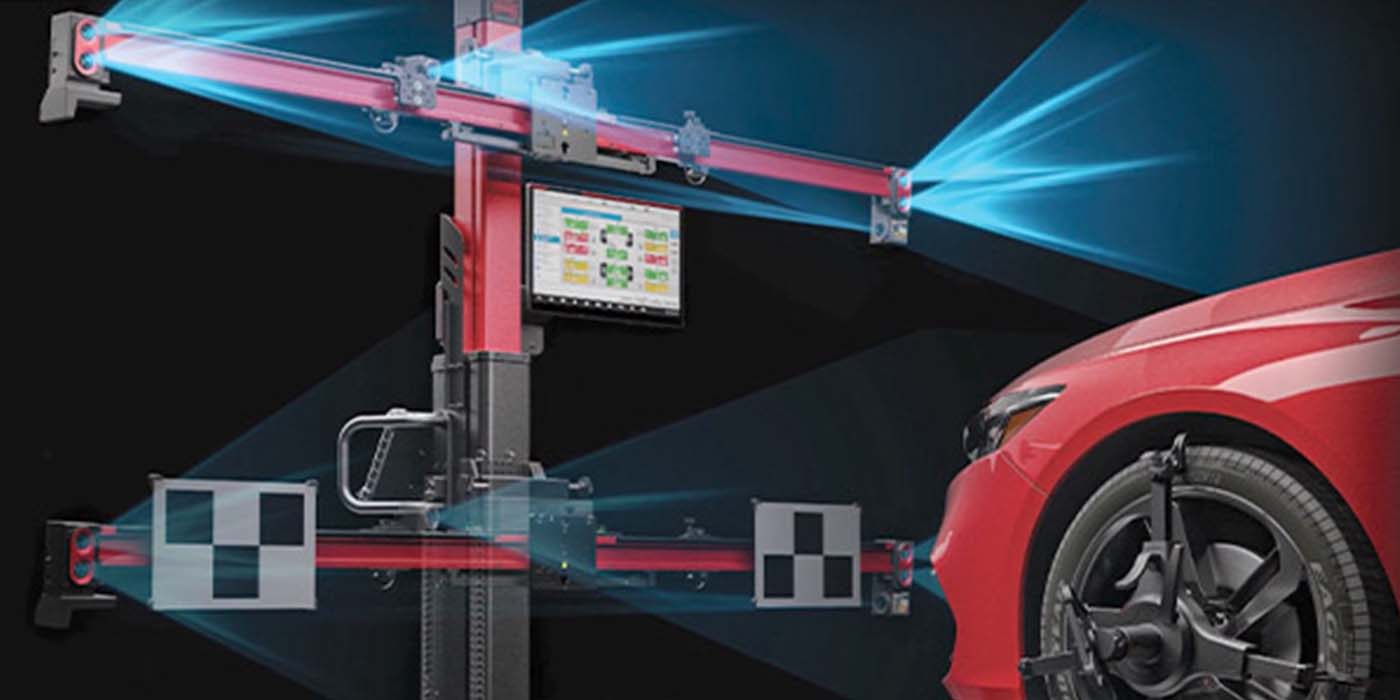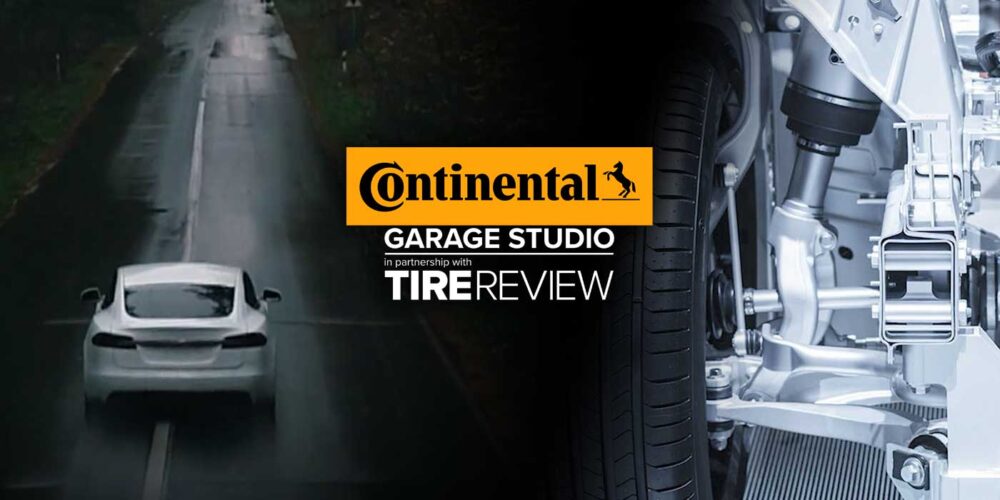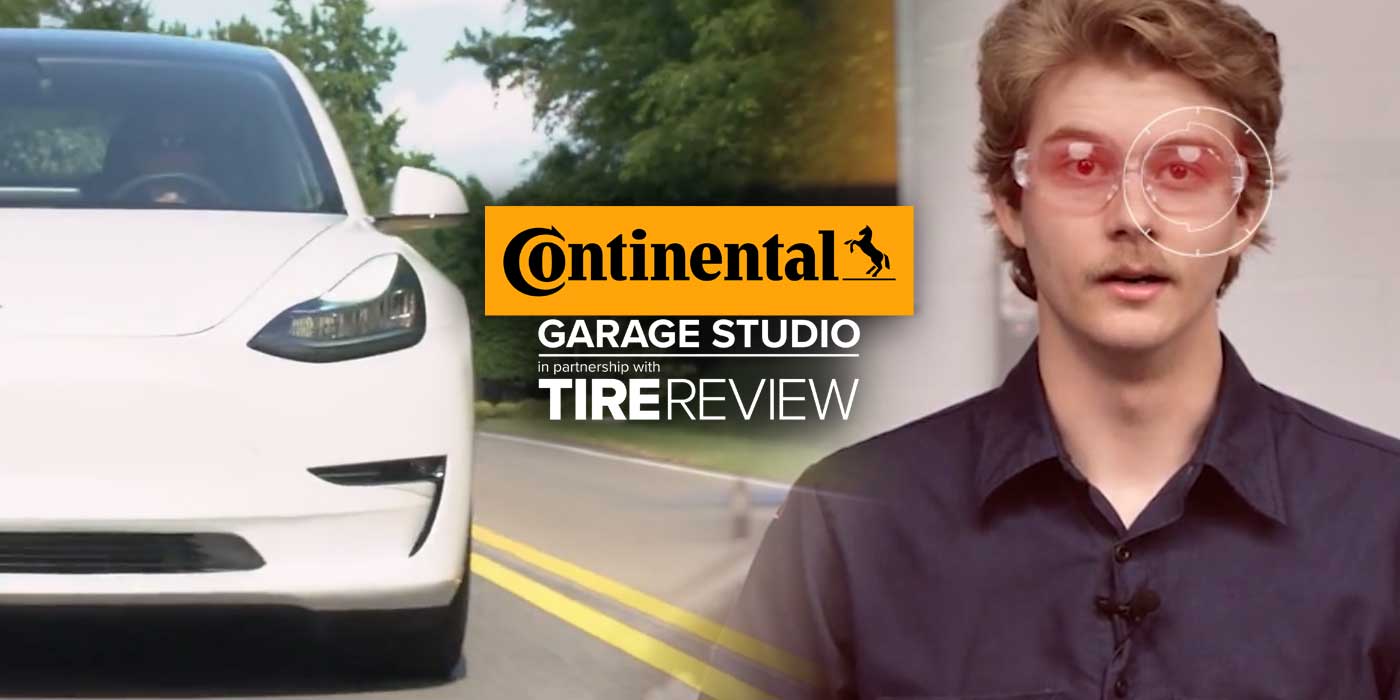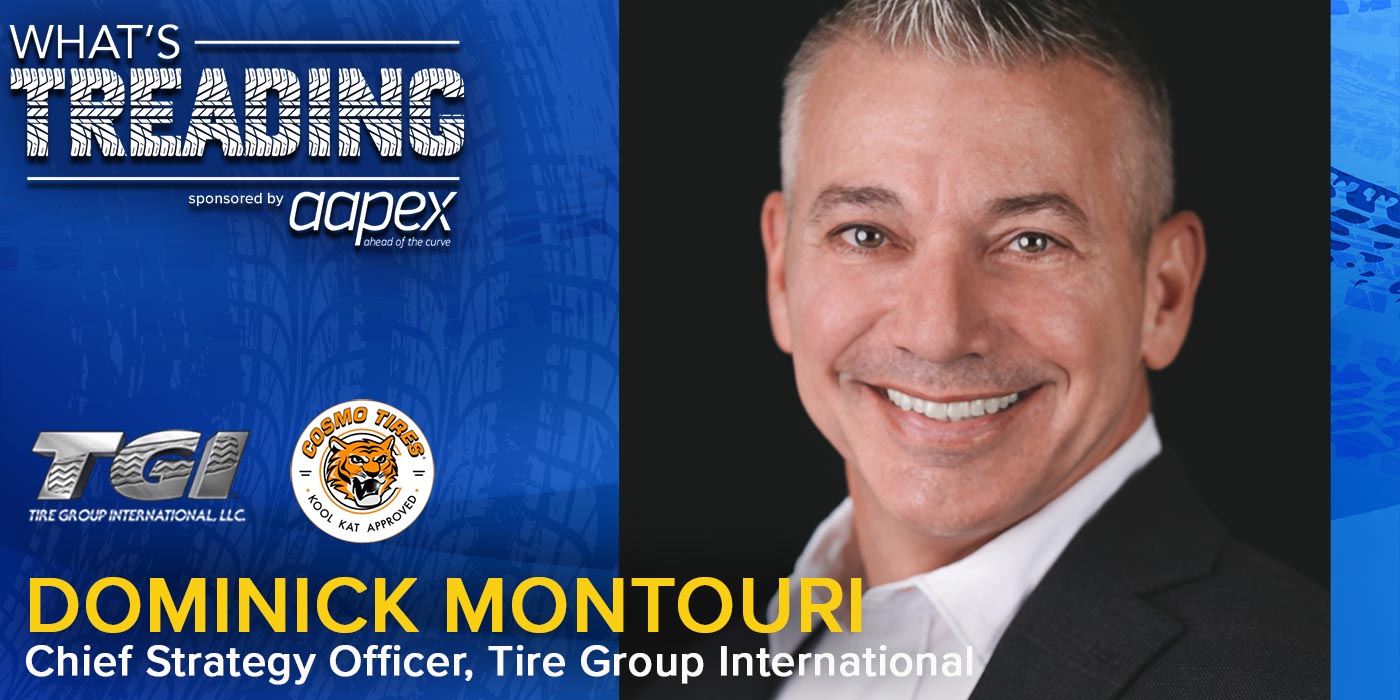Vehicles have never been as advanced as they are today, but that doesn’t mean that all aspects are perfect. When it comes to visually inspecting a shock or strut, many original equipment manufacturers needlessly replace these units under warranty. In this Tire Review Continental Tire Garage Studio video, we discuss why that is, and how your shop can tell when it is actually appropriate to replace these parts.
The reason the shock and strut are needlessly changed is due to the appearance of oil. But the first thing you need to know is some oil leakage is expected. The seal that keeps the oil and nitrogen inside a shock will leak tiny amounts of oil and gas from day one. As the shaft travels past the seal, some oil will stick to the shaft. The oil will eventually coat the outside of the unit with leakage due to natural mechanical processes. Today some struts can go for anywhere between 80,000 to 100,000 miles without degrading performance. But as time goes on, shocks can overheat and fade, and oil can become contaminated with dirt or other debris.
So here’s some advice: when inspecting shocks and struts, if the oil stains have a glossy appearance, it’s a sign of a rapidly developing leak. But, on the other hand, if the oil has a matte or dull finish, it is a normal sign of leakage from the unit and probably should not be replaced. In any case, an inspection should be followed up with a test drive, just to be sure.
Don’t forget to follow us on Instagram and Twitter @Tire_Review and subscribe to our YouTube channel for more tire, service, and shop operations videos.

